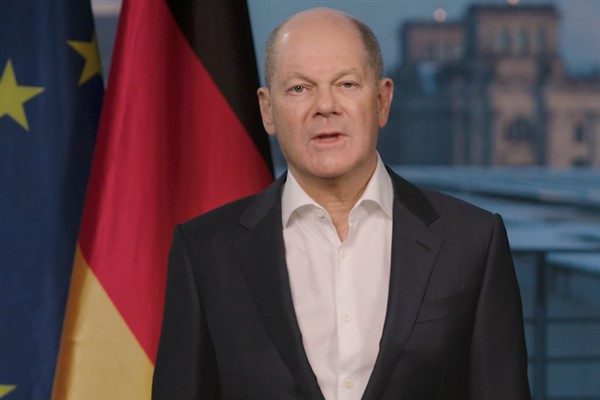Fed expectations in bond yields… Before the Fed's rate hike, we watch the rise in long-term bond yields. With the Fed's view that this year, the base scenario, 3 rate hikes, is likely to be higher, the 10-year US Treasury yields made a move that exceeded their levels at the beginning of 2020. The fact that the movement in 10-year bond rates is around or above 1.75% indicates a Central Bank expectation that will tighten interest rates and worry about inflation. In this term, we are watching the highest levels since January 2020, and the reflection of the movement on the short-term side to the long-term bond yields is important for the reflection of inflation and monetary policy expectations. Fed future funds are pricing in a rate hike at a rate of 92% in March.

Possibilities of interest rate movements in Fed term funds… Source: Bloomberg, CME Fedwatch
Inflation… It is necessary to talk about the inflation profile a little here. There is an economic outlook blurred by the highest inflation rates in a generation. Of course, we can understand how long the inflation curve indicates from the forward-looking expectations. The tightening of monetary policy and the emergence of aggressive rate hikes stem from the movement of these forward-looking expectations. In other words, first, short-term interest rates priced in the short-term high of inflation; However, as the inflationary impermanence argument lost its validity and the systemicity of the problems creating inflation emerged, this situation was reflected in the longer-term interest rates. Inflation overheating is now the main economic risk and Powell has had to shift his monetary policy profile towards tightening. Inflation, which reached 5% at the highest level of decades in Europe, reveals that there is a broad-based inflation and supply problem spreading across the globe.

Comparison of inflation rate and 10-year US bond yields… Source: Bloomberg
The Market… The markets have been turbulent since the beginning of the Covid crisis. The way in which crisis phenomena are perceived is also changing. The current main phenomenon is inflation. However, when inflation-induced tightening occurs and interest rates increase, there will be a phenomenon such as increasing financing costs for companies, especially technology and housing. The economic coldness caused by the pandemic was not a typical recession, of course… The health crisis dramatically changed consumption habits and the labor market.
Conclusion? We accept that we are not in an ideal situation in terms of the sectoral price reflection of the supply problem. Regarding the high inflation, which is bad news for consumers, we observe the changing effects of their spending preferences. While this occurs in the form of bringing demand forward in certain consumption items, it has an effect that may cause stagnation in branches that are more reflective of real wage erosion. First of all, on durable consumption, which comes from rising building costs and housing and semiconductor costs. The inflation profile still reflects a broad-based supply problem. Uncertainty about where the disruption to supply chains will end is reflected in policy proactivity, and monetary authorities will not take a stance that will be temporary or rely too heavily on a reduced inflation rate.
Kaynak Tera Yatırım
Hibya Haber Ajansı





